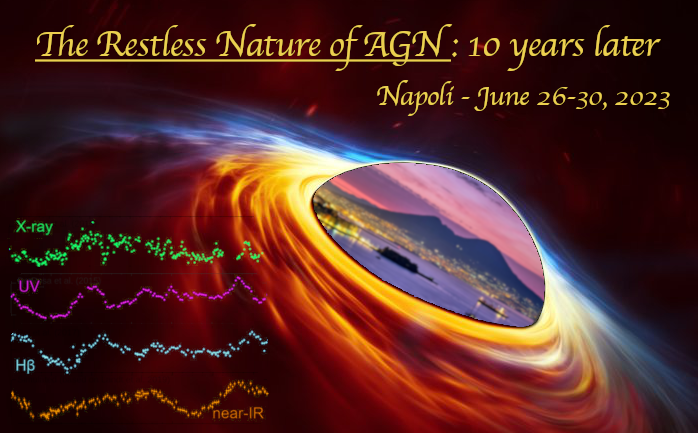Speaker
Description
Extremely variable quasars (EVQs) are a population of sources showing large optical photometric variability revealed by time-domain surveys. The physical origin of such extreme variability is yet unclear. We construct the largest-ever sample of 14,012 EVQs using photometric data spanning over > 15 years from SDSS and Pan-STARRS1 and divided them into five sub-sample according to their spectroscopic brightness relative to their mean photometric brightness. By comparing their composite spectra to those of the redshift, blackhole mass, and bolometric luminosity matched control sample, we find EVQs exhibit clearly bluer (redder) continuum during bright (dim) states, consistent with the "bluer-when-brighter" trend widely seen in normal quasars. The emission lines in EVQs have systematically larger equivalent widths and exhibit intrinsic Baldwin effect (iBeff) except for ${\rm H\beta}$. A broad red wing in ${\rm CIV}$ is founded for EVQs which might due to the sub-structure of broad line reigion. We further verify our above findings with a EVQ sub-sample containing 1476 repeatedly spectrally observed sources. In addition, we compare EVQs' ${\rm H\beta}$ line variability with that of archived 36 changing-look quasars (CLQs) and find that the CLQs could be a natural selection results given the absence of iBeff in ${\rm H\beta}$ line. That premise can also explain the scarcity of ${\rm MgII}$ and ${\rm CIV}$ CLQs.

